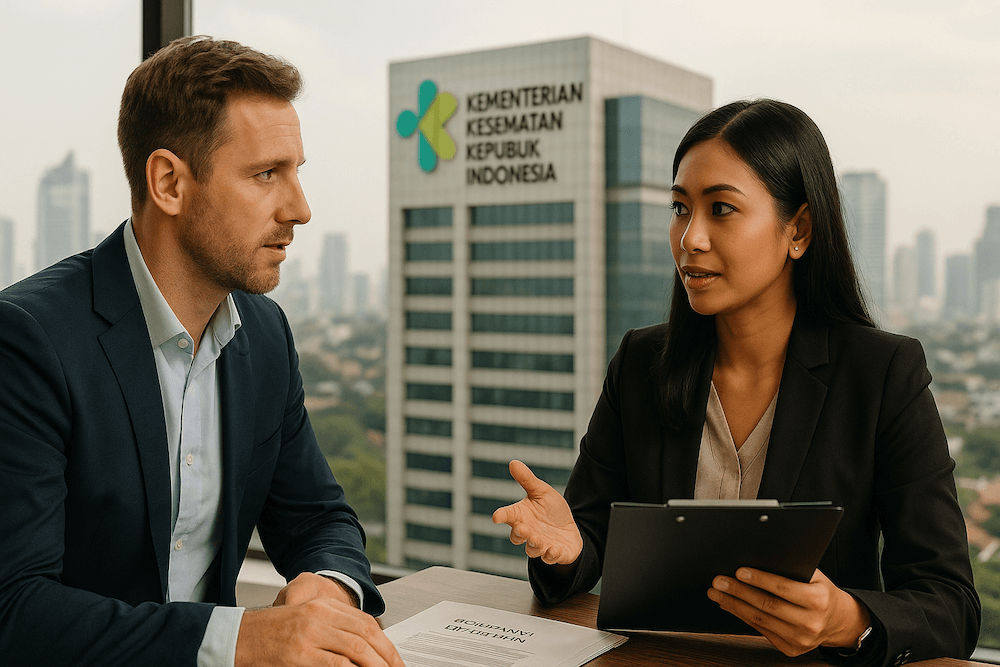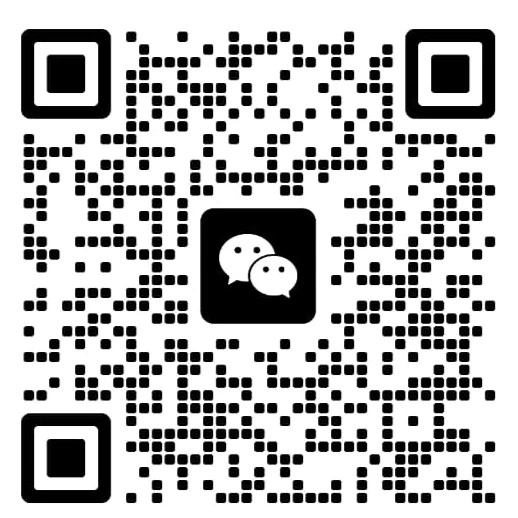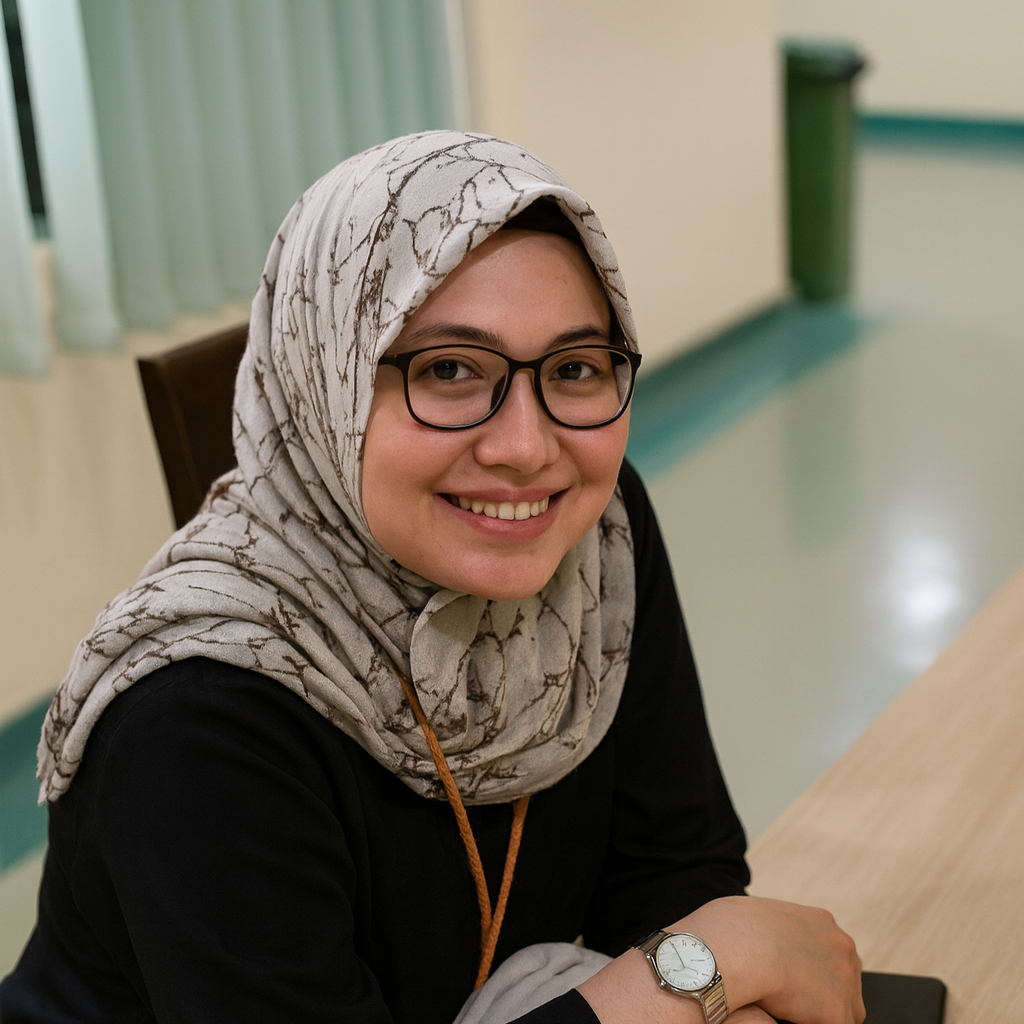In Indonesia, the Ministry of Health mandates that all medical devices, including IVDs and household health supplies, must acquire an official registration number known as Nomor Izin Edar (NIE). This requirement is anchored in MoH Regulation No. 62 of 2017, and aligns with the ASEAN Medical Device Directive (AMDD) framework.
Before medical devices can be legally imported, sold, or distributed in Indonesia, registration is mandatory. This process confirms that products adhere to national standards for safety, quality, and efficacy. Furthermore, registering a medical device is essential for gaining access to hospitals and pharmacies, as these institutions require products approved by the Ministry of Health (MoH).
Regulatory Framework & Device Classification
Indonesia follows a risk-based classification system that is harmonized with ASEAN standards. Medical devices fall into four risk categories: Class A (low risk) to Class D (high risk). Each level determines the amount of documentation, evaluation, and regulatory scrutiny required:
- Class A (Low Risk): e.g. non-sterile or simple devices like bandages, tongue depressors, surgical gloves. These undergo a streamlined notification process. Review is often very fast – Class A applications can be approved in under 15 working days if all documents are in order.
- Class B (Low-Moderate Risk): e.g. infusion pumps, patient monitors.
- Class C (Moderate-High Risk): e.g. ventilators, orthopedic implants.
- Class D (High Risk): e.g. pacemakers, heart valves, HIV test kits
Classes B, C, and D require a full evaluation by MoH, meaning more extensive documentation (technical dossier in the ASEAN Common Submission Dossier Template format) and longer review times. On average, Class B and C devices take around 1–2 months for approval, while Class D (highest risk) may take up to 3+ months due to the rigorous technical and sometimes clinical evaluation.
Higher-risk classes must submit detailed risk analysis, safety and performance data (e.g. electrical safety, biocompatibility reports), and clinical evidence for Class C & D devices to demonstrate efficacy. The risk class not only dictates the scrutiny level but also the documentation you must provide – misclassifying or omitting required documents can lead to time-consuming corrections or even rejection
Regulatory Authorities: Medical device registration in Indonesia is overseen by the MoH’s Directorate of Pharmaceutical and Medical Devices (often in coordination with the National Agency of Drug and Food Control for certain aspects). All submissions are made through an online portal (the Regalkes system) linked to Indonesia’s OSS system. Indonesia, as an ASEAN member, has integrated the ASEAN CSDT format into this online registration process, meaning manufacturers can largely re-use dossier materials prepared for other ASEAN markets.
Local Representation and IDAK License Requirement
A crucial aspect of Indonesia’s system is that only an Indonesian legal entity can register a medical device and hold the NIE license. Foreign manufacturers cannot directly apply on their own. Instead, you must operate through one of these routes:
- Establishing a PT PMA subsidiary
- Appointing a local distributor with IDAK
- Engaging an independent third-party license holder for registration
Many foreign manufacturers choose an independent third-party regulatory firm (a Local Authorized Representative, LAR) to act as the product license holder. Firms like this (for example, ProductRegistrationIndonesia.com or others) hold their own distributor license (sometimes called IDAK or formerly known as IPAK license) and will register the product for you without being involved in sales/distribution.
This option offers greater control, as the manufacturer can appoint multiple sales distributors or switch distributors while the independent LAR retains the NIE. Since one device can only be registered by one entity at a time, using a neutral LAR means you won’t be “locked in” with a single distributor contractually. It also simplifies handling future updates (e.g., changing product label, adding a new model variant) because you coordinate directly with the knowledgeable LAR on regulatory matters.
Classification, local representation, and product lifecycle compliance must align with your business model, particularly when navigating OSS-RBA and other sectoral permits.
Insider Tip: As of July 1, 2024, Indonesia has tightened requirements such that a distributor company must hold a Good Distribution Practice certificate (CDAKB) before it can register any new medical device. This means foreign manufacturers should ensure their chosen local partner has passed the MoH’s distribution quality audit. Engaging a third-party LAR that already has these certifications in place can save a lot of time and hassle.

Regulatory Essentials You Need to Know
Foreign Ownership & Investment Rules
With the implementation of Presidential Regulation No. 10/2021, foreign investors now have the opportunity for full ownership of companies involved in importing and registering medical devices in Indonesia. This is contingent on fulfilling the necessary licensing requirements.
This regulation serves as a significant advantage for multinational health brands aiming to establish local control within the Indonesian market.
Local Content Requirements (TKDN)
Under Ministry of Industry Regulation No. 31/2022, medical device manufacturers are now required to report local content, with targets up to 80% based on product type. This regulation is especially important for eligibility in public procurement.
Post-Market Surveillance & Renewal
Maintaining their registered status, products are subject to ongoing surveillance, encompassing renewal, product variations, and post-market reporting. NIE licenses typically have a validity period of 2 to 5 years, contingent on their classification, and may be revoked if non-compliance or safety concerns arise.
Why This Matters: Beyond Compliance to Market Strategy
Getting regulatory approval for medical devices in Indonesia is a multifaceted process that extends far beyond a mere checklist of requirements. In essence, navigating the regulatory landscape for medical devices in Indonesia requires a deep understanding of not only the technical requirements but also the underlying principles.
- Maintain Control Over Your Product: Regulatory approvals in Indonesia cannot be transferred between entities. If you let a local distributor register your product (and thus hold the NIE), that distributor essentially “owns” your product license in Indonesia. This can severely limit your flexibility, as switching to a new distributor or rebranding the product would require starting the registration process over. To avoid being locked in or losing market continuity, many foreign manufacturers prefer to hold the NIE under their subsidiary or a neutral third-party LAR. Managing your license ensures long-term control, so you can update product labeling, add new product variants, or realign your distribution network on your terms.
- Strategic Regulatory Planning: How you classify and prepare your device has a direct business impact. A well-prepared submission for the correct risk class can accelerate time-to-market, whereas mistakes (like underestimating the risk class or submitting incomplete data) can lead to rejection and significant delays. It pays to invest in regulatory expertise early – for example, conducting a gap analysis against Indonesian requirements (are your IFU translations, test reports, and certificates all in order?) and addressing those proactively. This reduces the chance of MoH needing additional information, thereby avoiding stoppages in the approval timeline. Faster approval means you can start selling sooner, capturing market opportunities ahead of competitors.
- Synchronize Regulatory and Market Entry: Indonesia’s process involves multiple layers, from establishing a legal entity (with OSS business permits, NIB, and IDAK) to obtaining the NIE, and then listing products in hospital procurement systems (e-Katalog). Align these steps with your commercial plan. For instance, secure your OSS-RBA clearances and IDAK license in parallel while preparing the NIE dossier. If you plan a product launch tied to a hospital contract or a trade show, work backward to ensure the NIE will be in hand by that date. Being “market-ready” means having all permits in place: company licenses, product registrations, logistics and distribution set up. Any weak link (e.g. a missing warehouse certification or a delay in NIE) can derail your sales timeline. Thus, regulatory strategy should be an integral part of your go-to-market strategy.
- Leverage Local Requirements to Your Advantage: Rather than viewing regulations like TKDN or halal certification as burdens, incorporate them into your market strategy. If your device can feasibly incorporate local components or assembly, doing so not only helps with compliance but can make your product more competitive for public contracts. Similarly, understanding upcoming rules (for example, halal certification deadlines or new standards) allows you to plan product modifications or obtain necessary certifications in advance. Companies that stay ahead of regulatory changes often turn these into selling points (“government-compliant”, “locally supported”) that resonate with buyers in Indonesia.
In essence, the obligation to register medical devices in Indonesia is not just about paperwork – it’s a key part of business strategy. Early and smart navigation of these requirements gives you a competitive edge in this fast-growing healthcare market.
Why Partner with ProductRegistrationIndonesia.com?
With evolving MoH regulations and increasingly complex technical documentation requirements for medical device registration in Indonesia, our expert team ensures:
- Expert Guidance & Accurate Classification
- Local representation via a trusted LAR or PT PMA setup
- Seamless Registration Process
- Post-Approval Compliance Support: TKDN reporting, renewal reminders, and variation management
Entering the Indonesian medical device market is undeniably challenging, but with the right partner, it becomes a streamlined process. Our team at ProductRegistrationIndonesia.com has a track record of helping medical device brands achieve compliance while meeting their business timelines. We combine on-the-ground insights, regulatory know-how, and a strategic outlook to ensure your device not only meets all legal requirements but is positioned for commercial success.
Let us handle the regulatory heavy lifting so you can focus on what you do best – delivering innovative medical solutions to healthcare providers and patients in Indonesia. With our support, you’ll have a clear roadmap from initial registration to sustained market growth, turning Indonesia’s regulatory maze into a well-paved path for your business.




